Meet Ashley Galanti | Biomedical Engineering PhD Student & Founder of AMG Detection
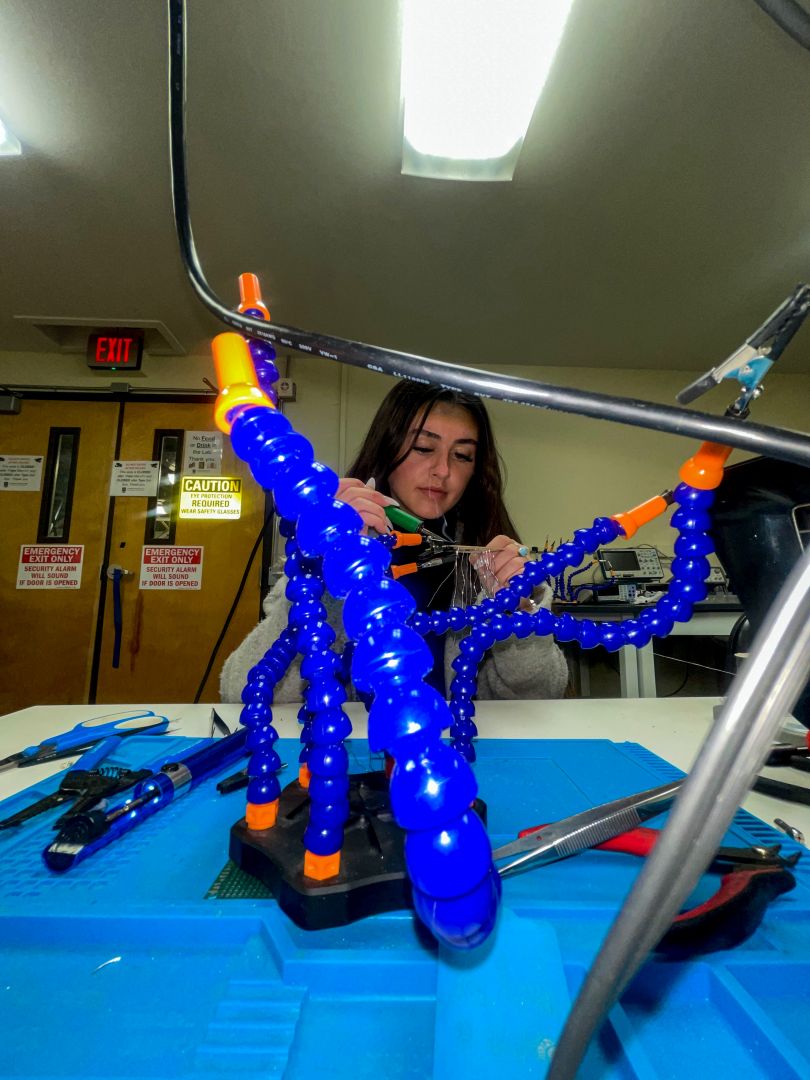

We had the good fortune of connecting with Ashley Galanti and we’ve shared our conversation below.
Hi Ashley, do you have any habits that you feel contribute to your effectiveness?
If not now, then when? This is a motto that I have lived by throughout my career as a student, employee, researcher, and entrepreneur – a motto that allowed me to maintain Dean’s List while enrolled in 8 courses at the University of Georgia each semester spanning from electrical engineering to journalism and Spanish amidst 3 jobs including starting my own business, working as a research assistant for the Associate Dean of the College of Engineering Office of Research, Innovation, and Entrepreneurship, and co-instructing a Spanish-engineering international collaboration course that I helped establish within the university, while also developing a medical device for my company, amongst other pursuits. Because of everything that I strive to accomplish, I developed a method of planning my days from 5:30 AM to 11 PM by every 15 minutes. I start by writing out a list of goals and milestones for each of my commitments with sub-tasks for how to achieve them based on coinciding deadlines. Once these lists are finalized, I add them to my calendar, each category pertaining to a different 1 of 12 colors. If something more urgent comes up, I adjust these lists based on priority, rearranging but never deleting them from my calendar. Instead I always ask myself: if not now, then when? I think it is extremely important to stay organized with your time because it allows you to never lose sight of your true end goal, ensuring that you are taking steps towards it with each passing week. Accountability, determination, and time management are the attributes that I owe my success to.
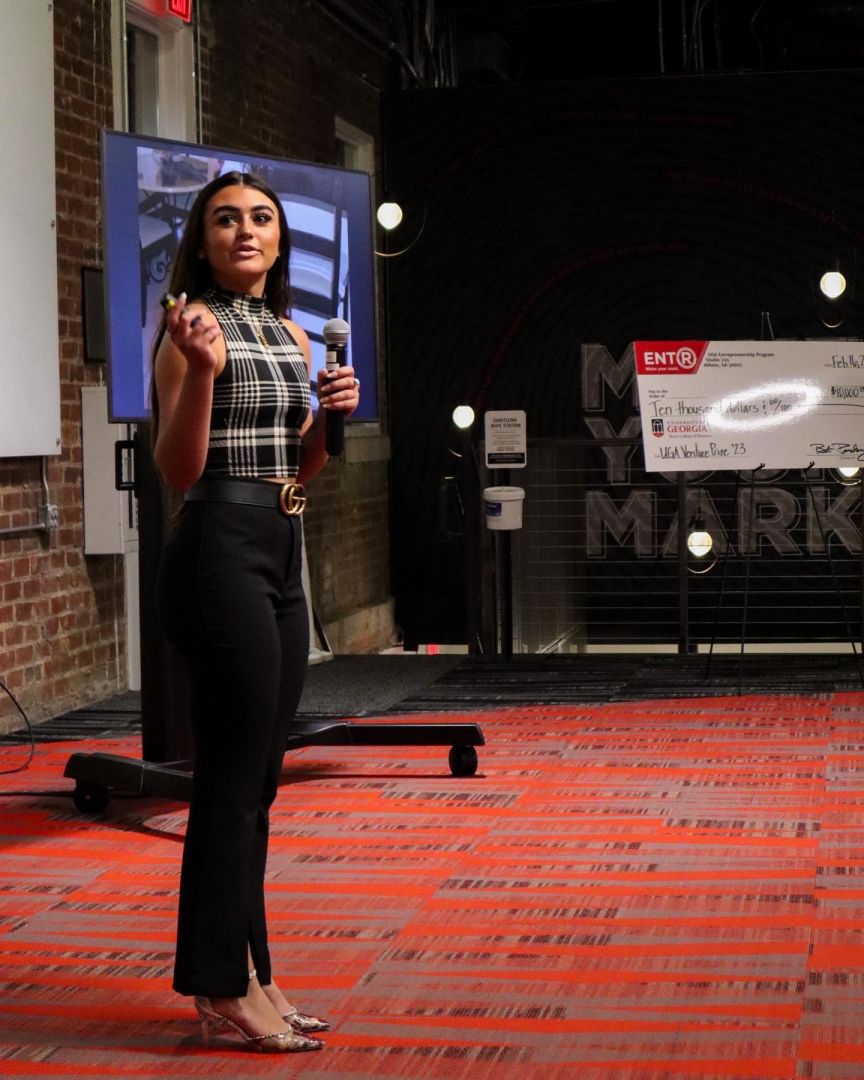
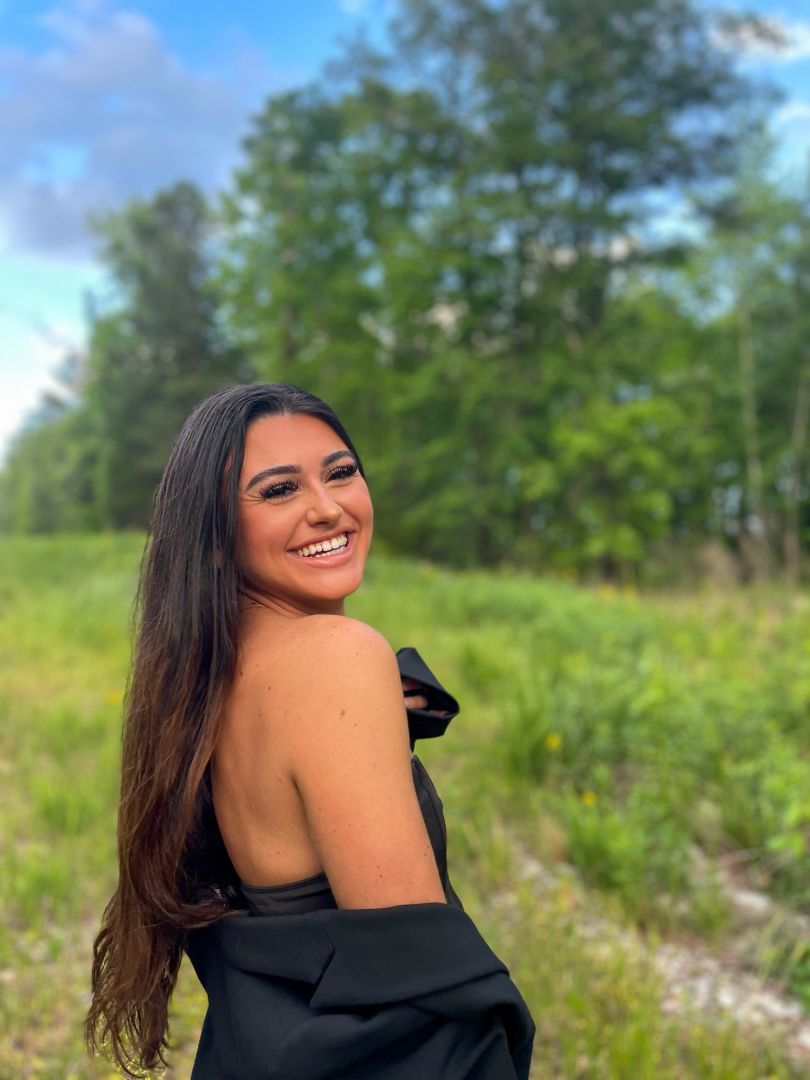
What should our readers know about your business?
It was a Wednesday evening during October 2015. I was doing homework with my brother in our shared study space upstairs, when all of the sudden I heard his computer crash to the ground. As soon as I turned around, I saw him seizing and foaming at the mouth, convulsing out of his chair to the ground, unconscious. I called for my parents and held him steady to the ground. The few minutes that passed felt like hours and by the time he regained consciousness, he did not recognize me, my parents, or himself. It was like pressing the reset button on a computer. I will never forget the feeling of helplessness, the same emotion that clouded over me during each seizure that I have witnessed both him and my mother experience. This instilled the drive in me to help them and the other 65 million people in the world with epilepsy. A journey I began during my junior year of high school in 2016.
I knew that the knowledge I possessed would not necessarily help with stopping the seizures from occurring in the first place, so I approached my research at the angle of what I could do to help combat the effects. This also pressing upon the fact that 30% of people with epilepsy are unable to stop their seizures from occurring with medication. Even those that are medicated can have random episodes, much like the ones I have observed from my mother and brother. Mouth demolition. Suffocation. Two things that come to mind when reflecting upon what my family battles during/after a seizure. Two things that I knew I had the resources to assist in. My first prototype consisted of a mouthguard that separated the top and bottom jaws with side components that were angled to push the top jaw forward to prevent suffocation from produced foam, shattering of teeth, and biting of the tongue. I placed the guard inside of a case and brought this design with me to the Gwinnett Regional Science/Engineering Fair in March 2017. I won 3rd place overall; however, the commentary I received enticed me to do more: “How could someone place the guard in their mouth before a seizure were to occur?” This question was the motivation behind my research and company, these 7 years later.
I answered this question with seizure alert dogs – the second stage of my prototype – during an AP Research class that I took the following semester. These dogs are able to detect seizures 10-45 minutes before they occur, and one of the only locations in the U.S. that worked with them at the time was located just an hour drive from me. Canine Assistants allowed me to train their dogs to use my device which I modified with a simple circuit consisting of a push button, buzzer, and mechanical latch. Whenever the dog sensed a seizure, they clicked the button on the outside of the device, which triggered an alarm and opened the case to reveal the aforementioned mouthguard. The missing piece of the puzzle had been found. I went back to the Gwinnett Regional Science/Engineering Fair in March 2018 and won 1st place, along with recognition for being 1 of the top 3 senior division projects, advancing me to the Georgia State Science/Engineering fair in April 2018 where I won best in division, the Georgia Engineering Foundation Award of Excellence for Impact on Better Living, and recognition from the Gwinnett County Board of Education. Accolades and recognition are always nice, but the initial question lingered in my mind: How could I help the epilepsy population? How could I get my creation to a place where individuals could use it to make their lives easier?
I brought this question with me to college and approached various developers through the Idea Accelerator Program at the University of Georgia who all told me that I did not have enough background as everything that I created up to that point was all self-taught – including what a circuit was. They also proposed to me: “Why don’t you eliminate the dog and put its capabilities on the device itself?” This was a good point – seizure alert dogs have up to a 10-year waitlist and can be very costly. My goal was to offer accessible, relevant to cost and delivery, help to any epileptic individual that needed it. I joined the University of Georgia as a journalism major – writing, communication, and photography have always been of interest to me and have served me well in the field of research and entrepreneurship. However, after talking to these developers, it triggered a drive within me to do more – to show them, myself, and the epilepsy population that I intend to see the idea out until it is serving its much-needed purpose.
I added an electrical engineering major to my journalism major and Spanish minor during my second semester at UGA. Problem-solving, on top of the communication capabilities, was of huge interest to me. I enjoy learning how things work and inventing things from the inheritance of that knowledge. It was during my junior year of college where I was finally able to revisit the development of my medical device. I felt as though I had obtained adequate engineering knowledge to begin thinking about how to create a sensor with the dog’s seizure-alert abilities. I enrolled in UGA’s Engineering Entrepreneurship course in Fall 2022 and built upon the idea through customer discovery with neurologists, epileptic individuals and their family/friends, as well as epilepsy organizations. It was here where I truly identified the need.
After hearing several stories of stolen independence, childhoods, and death caused by the unknown, I looked at the current alert options – Vagus Nerve Stimulation, heart rate monitors, and motion detectors. The false positivity percentage of these devices ranges from 60-89% due to non-seizures triggering the alert, such as exercising, being stressed, or a twitch from a bad dream. During a conference after presenting my work, I even had a member of the audience approach me, telling me his family’s dissatisfaction with the Vagus Nerve Stimulation because of its inaccuracy problems and the notion of surgical implantation. I hope to eliminate the current solutions’ problems of false positivity, invasiveness, and inaccessibility (the motion detectors can only be used at night) by utilizing a new method of seizure prediction.
I founded AMG Detection in November of 2022 to serve as an outlet for my medical device development, I am currently pursuing my PhD in Biomedical Engineering at UGA, and I came up with a now-patented research plan in just 3 months into the program based on this new prediction method. I also did NSF I-Corps where I interviewed an additional 100 people with epilepsy, loved ones of people with epilepsy, neurologists/neuropsychologists, and executive board members of epilepsy foundations. I also took the opportunity to travel to other universities, UCLA and Emory, to connect with other epilepsy researchers who have now joined my research team for the testing and validation portion. I was also invited to participate in the Epilepsy Foundation Round Table for Diagnostic Devices, connecting me with other devices in the space, FDA, insurance companies, and future users – I am the only student with a single-member LLC still in product development fortunate enough to join this discussion.
I believe that my personal involvement with the business, the unique journey that I have traveled to get to where I am today, and my role as both sole researcher and business owner have given me a unique position as I near commercialization. I have faced many challenges thus far, but one thing that keeps me going is knowing who I am doing the work for. How does this work impact my life? It means no more worrying about my mother or brother losing their life to an unforeseen episode. It means no more families losing their loved one to a random onset occurrence. It means granting those who have had their freedom to live stolen from them, a chance to live again without fear. This work is my life because it means giving the epilepsy population back their lives.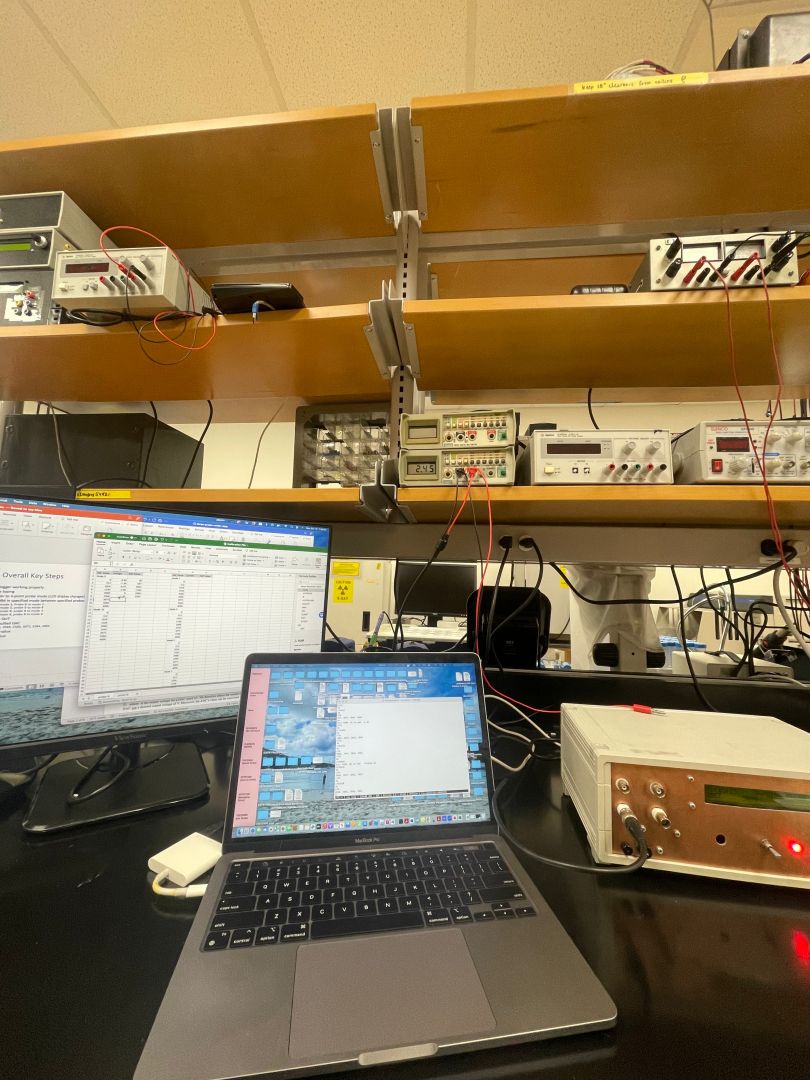
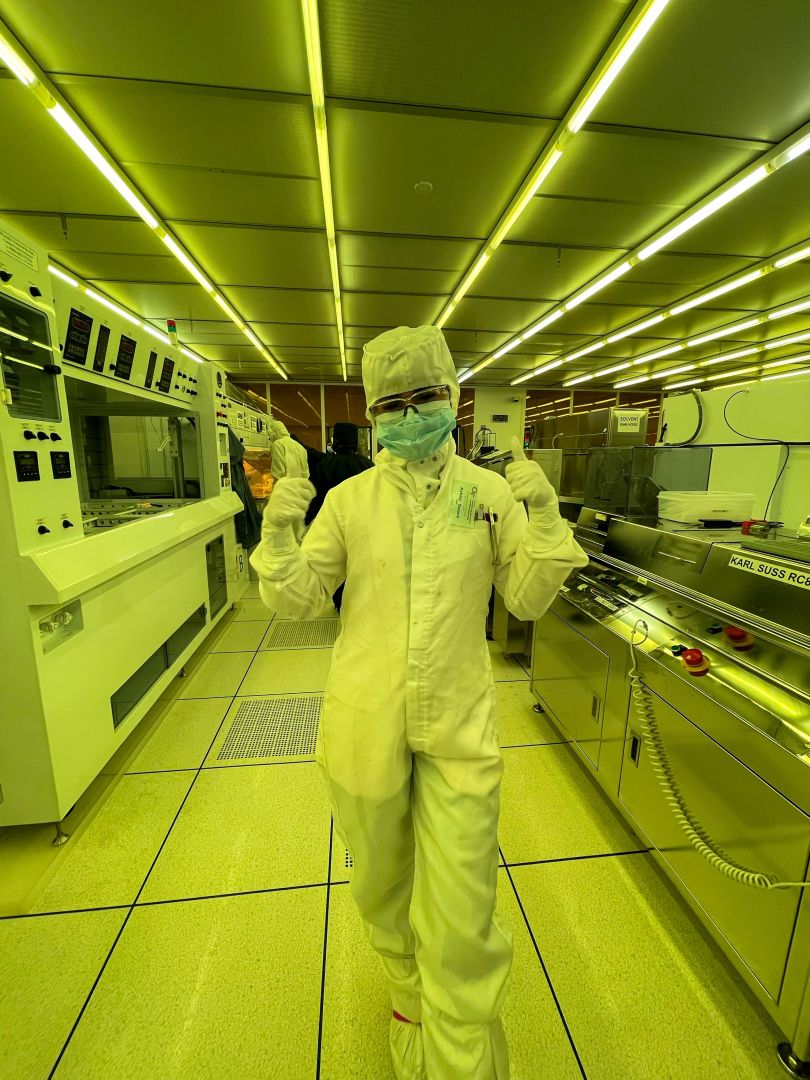
Any places to eat or things to do that you can share with our readers? If they have a friend visiting town, what are some spots they could take them to?
Whenever my best friend visits Athens, we usually plan for a game day weekend. The University of Georgia is known for its incredible football team and there is nothing quite like a Saturday in Athens!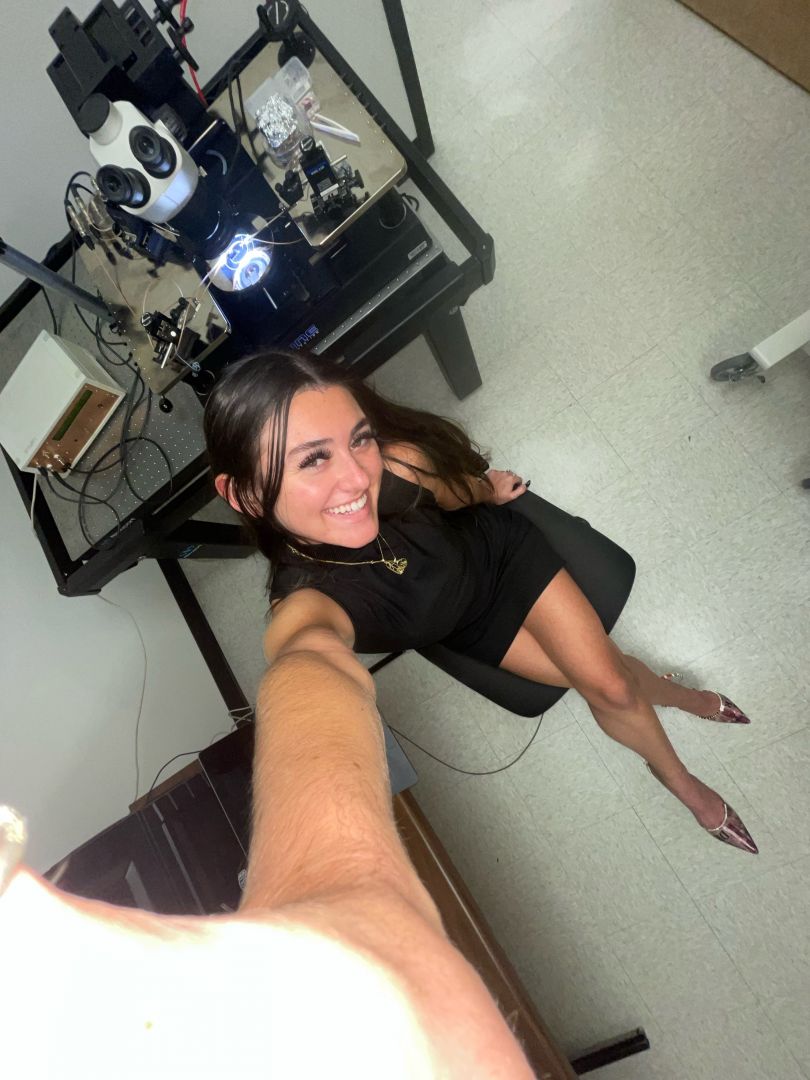

Shoutout is all about shouting out others who you feel deserve additional recognition and exposure. Who would you like to shoutout?
I would not be where I am today without the support of my incredible family, friends, lab mates, business mentors, and research advisors. Mom, thank you for the hour long phone calls running through every second of my day ranging from what I am making for dinner to a complex research theory that you go along with even when you tell me after my 30-minute rant that I lost you at sentence one. Dad, thank you for always pushing me to be my best (“be a person”) – your hardworking nature has shaped who I am today. Joey, thank you for the random phone calls recapping our weeks and for letting me move into your place during fabrication even though I “don’t even do work.” Friends, thank you for the crazy adventures, trips, and mindless conversations that allow me to take a mental break from the craziness of the busy weeks (“work hard, play hard”). Lab mates, thank you for the many laughs amidst the struggle of a failing experiment – we are in this together. Dr. Haidekker, thank you for your personal involvement in my work – I am extremely thankful that you said yes to my research proposal all those years ago, and I look up to you both in my work and in life. Thank you to everyone who has helped support my dreams.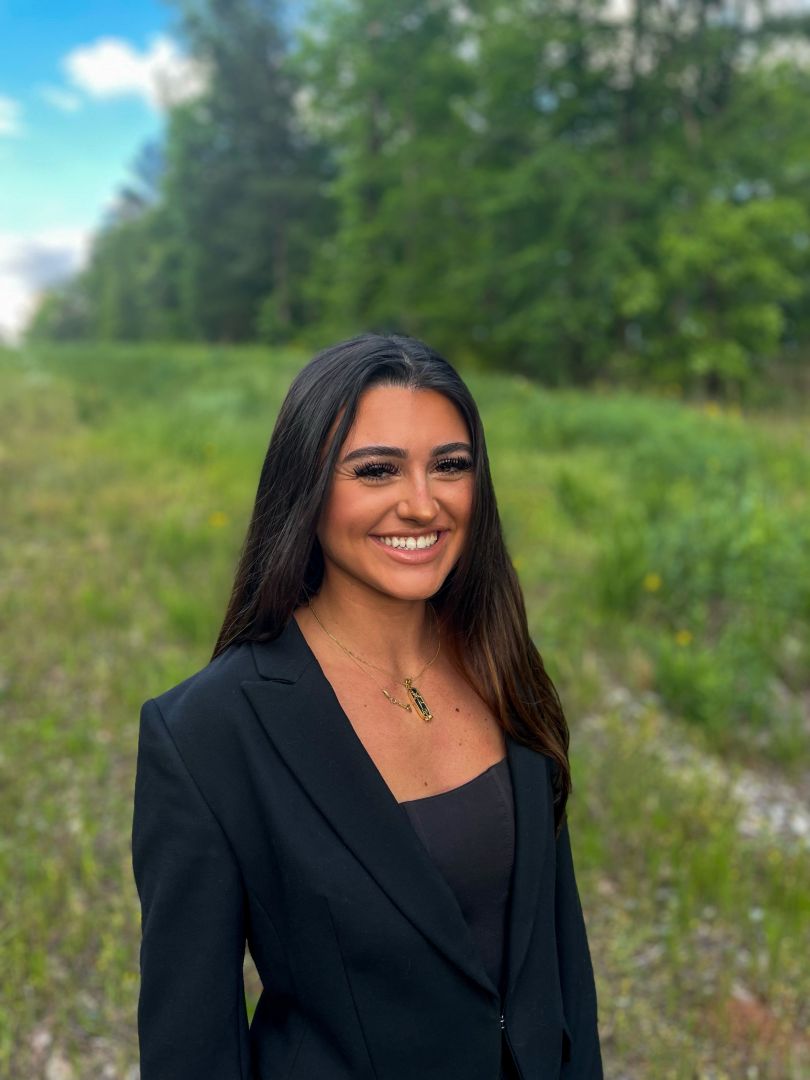
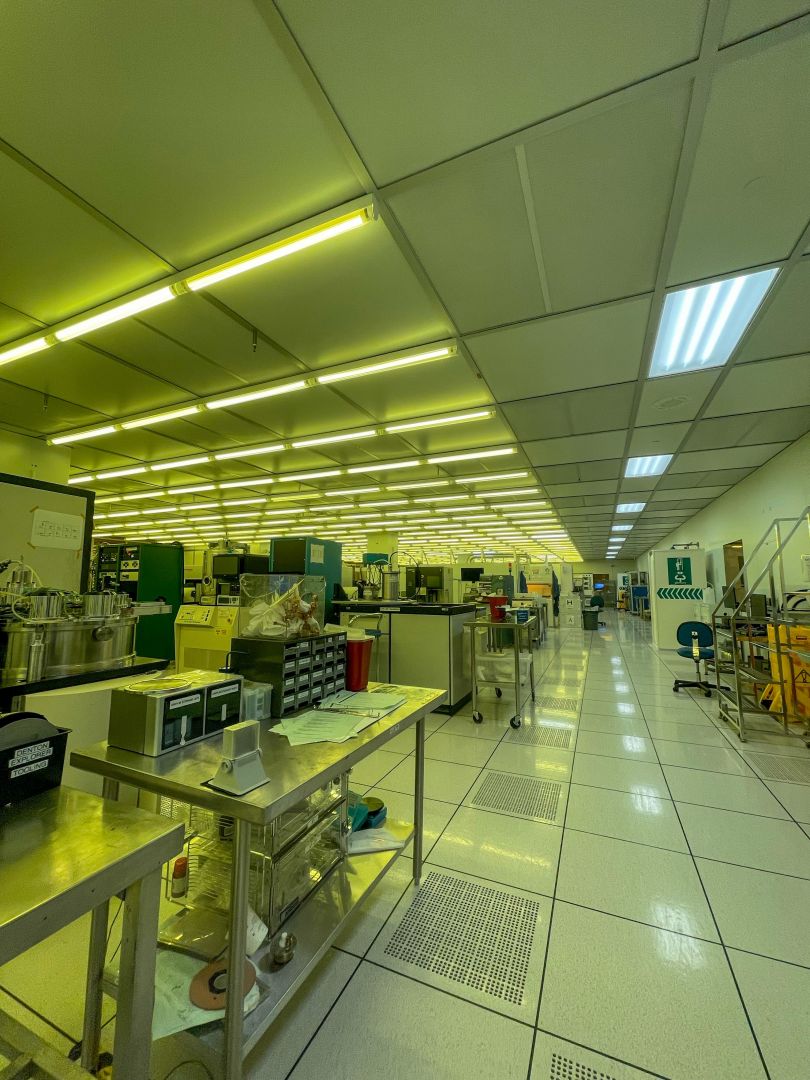
Instagram: https://www.instagram.com/ashleygalanti/
Linkedin: https://www.linkedin.com/in/ashley-galanti-092646162/
Image Credits
(all my photos (: )
